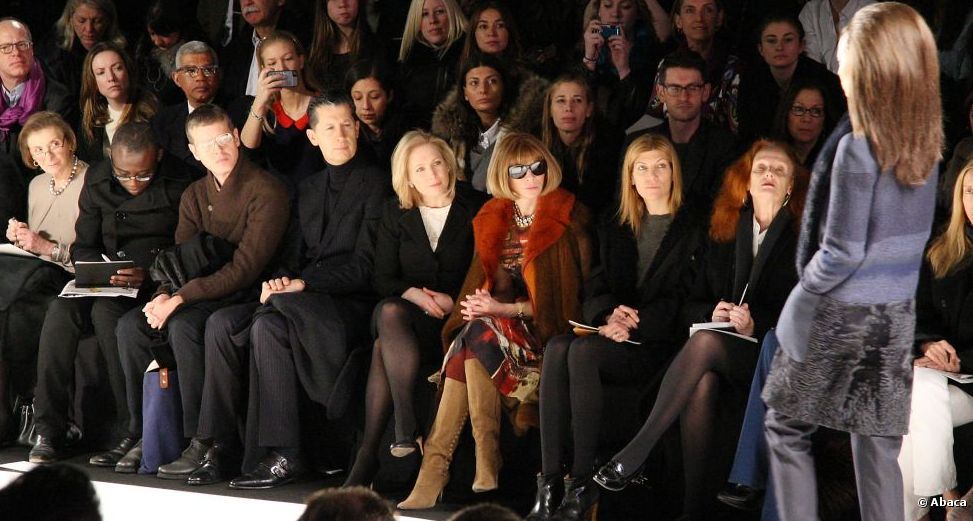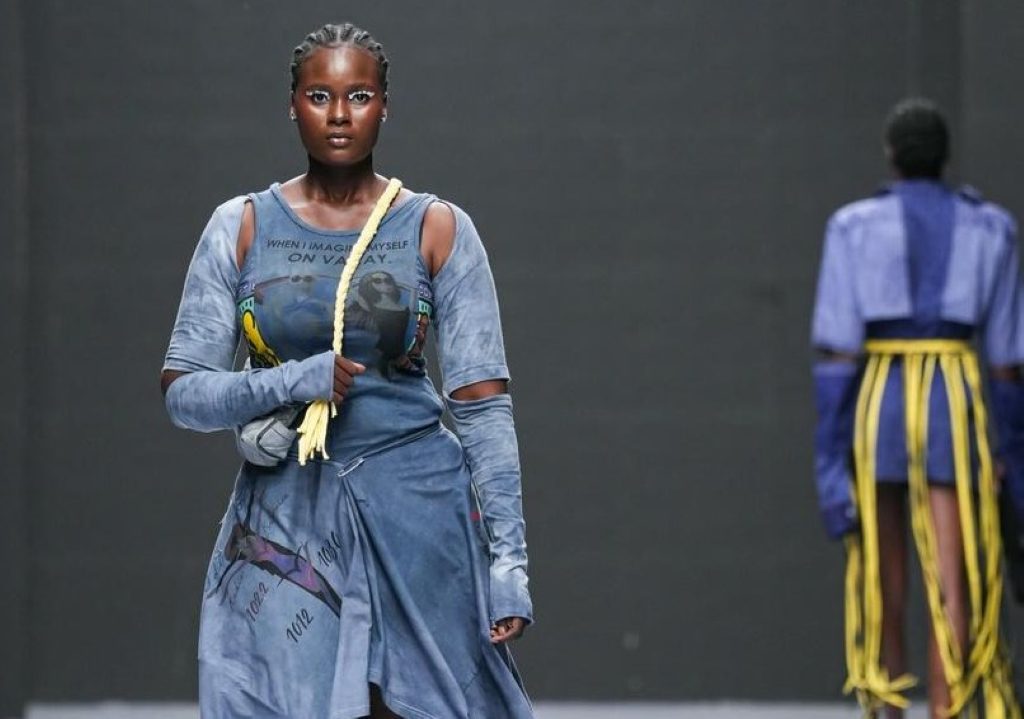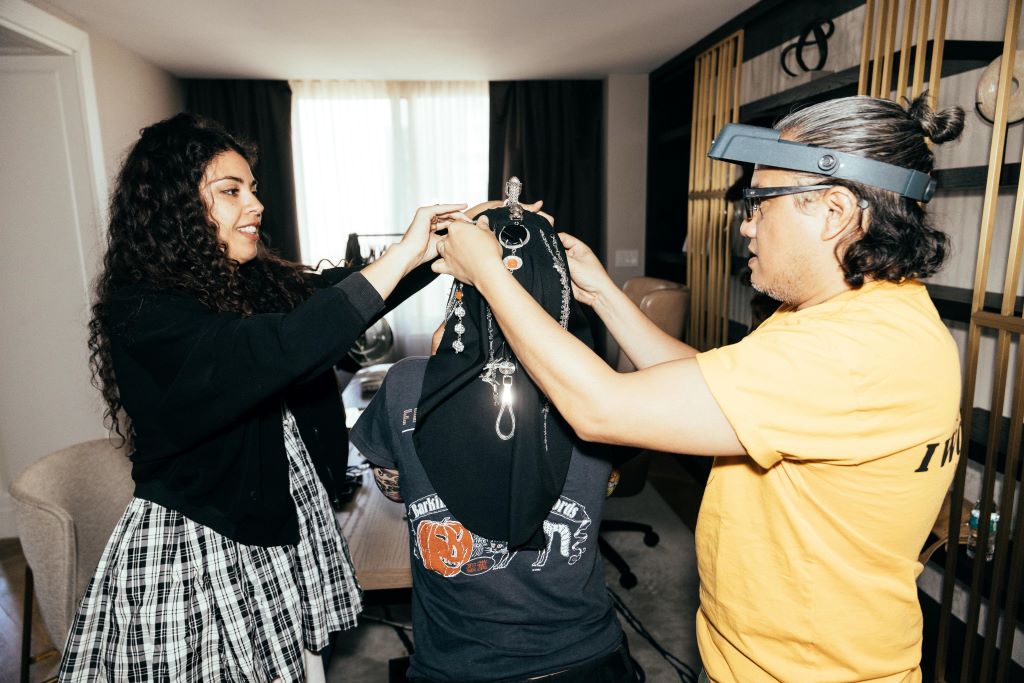Each fashion month, labels dutifully invite magazine editors to their shows, often granting them prime front-row real estate to view their collections. In return, many of the major magazines post collections images on their sites and carefully review each show.
Once upon a time, it was a practice that held a lot of meaning. Isaac Mizrahi’s entire 1995 documentary, “Unzipped,” was themed around him recovering from bad reviews of his collection from the prior season. “It’s just the worst day,” said Mizrahi the day after the show, “It’s too painful. I hate mediocre things said about me, just ignore me if you don’t like it.” The movie ends happily with Mizrahi relieved to read a WWD thumbs up review on his presentation for fall 1994.
Then along came mid-aughts and instantaneous coverage of collections. Not only could everyone see for themselves what they thought of the collections, but many with “outsider” status showed themselves to be at least as qualified to critique collections as the average editor, most of whom are trained as journalists but have never designed much less sewn a garment in their lives and in many cases aren’t very stylish.
Everything post-internet has changed so quickly that publications understandably are having a hard time knowing where to allocate funds and how to best serve their readers. Here are our five reasons why having critics review shows no longer makes sense:
1. Runways shows are more marketing events than they are presentations of clothing and accessories. Labels with big budgets are using runways presentations to position their brands and send messages to customers. Read reviews of brands like Chanel, Louis Vuitton and Givenchy, and there is more copy given over to describing the set and the experience than the actual clothes.
2. Streetwear and athletic brands are now major forces in fashion that are not going away and neither are rooted in a tradition of fashion critique. While traditional fashion publications are now covering the streetwear movement in dribs and drabs, streetwear came out of the culture of hip hop and skate, where the ability to tell compelling stories is what an item is judged upon. Sneaker blogs don’t critique, they post the lookbook or launch item and its value is decided upon by the marketplace. It’s very simple, if you can’t tell compelling stories that are rooted in authentic story telling, you don’t survive. Jokes about wearing team Jordan versus retros? Such a crack speaks deeply to the value of retro shoe, and yet flies way over the head of the average fashion critic.
3. Influenced by streetwear and athletic brands, designers are moving to a see-now-buy-now format, which means the purpose of the runway is only to gain publicity and buzz. As such, the only arbitrator that matters any more is the person doing the purchasing.
4. Even in the case of runway shows presenting six months out, buyers make the vast majority of buying decisions based on computer programs. Granted, there are some collection-to-collection decisions made for high-end labels, but moving forward with a designer’s goods is still in large part informed by how a computer said it performed over three and five-year averages, definitely not what a critic wrote for a magazine.
5. Fashion reviews are biased by magazine advertising. This is a “duh” old-as-dirt reason and is entirely understandable (why would you shoot down someone who pays your electric bill), but still, what is the point of a review if it’s so clearly swayed by money. This becomes eminently clear with reviews of major magazine advertisers like Ralph Lauren and Kors, whose reviews are almost always written positively and yet whose collections in reality have not done well at retail. With consumers exposed to vast amount of information, writing knee-jerk fluff fashion pieces puts magazines in the position of seeming clueless about the actual business of fashion.
While there is no longer much need for blow by blow coverage of fashion shows (guaranteed, they are among the least read copy on any fashion site), that doesn’t mean there is no need for fashion writers. It just means coverage needs to be changed and made to reflect the current state of the industry and the mindset of the reader.
Rather than using their considerable clout and access to attend every show, editors would be better served picking and choosing their spots and doing bigger trend pieces on fashion, culture and yes, the business of fashion, too. At the same time, designers should feel free to invite who makes sense for their shows, whether it’s an editor the designer happens to like or a style blogger with a kajillion follows who does a great job conveying the brand’s message on social media.






